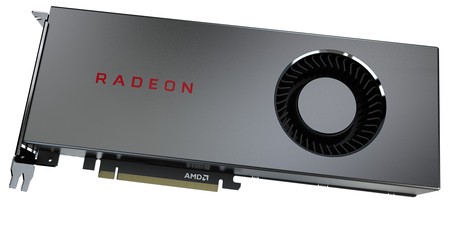
Performance Analysis
For 1080p gameplay the Radeon RX 5700 has strong credentials, always averaging above 60fps and going considerably higher in a number of titles, even with Ultra settings.
1440p is also well handled, as shown by a 32fps 99th percentile in Metro, which shows it can keep even the toughest games smooth and playable with enjoyable frame rates, while easier ones will be silky smooth. For example, it achieves a 70fps 99th percentile frame rate in Far Cry New Dawn and a 92fps average.
Either of the above resolutions would suit this card. You can go for 1080p if you want to prioritise ultra high frame rates or opts for 1440p if you want better image quality without losing too much performance – this is the sweet spot in our eyes. This performance also makes it viable to buy the RX 5700 now for your existing 1080p screen and upgrade safely to 1440p further down the line, but 4K is simply too much, since in all but one of our games the 99th percentile measurement is below 30fps.
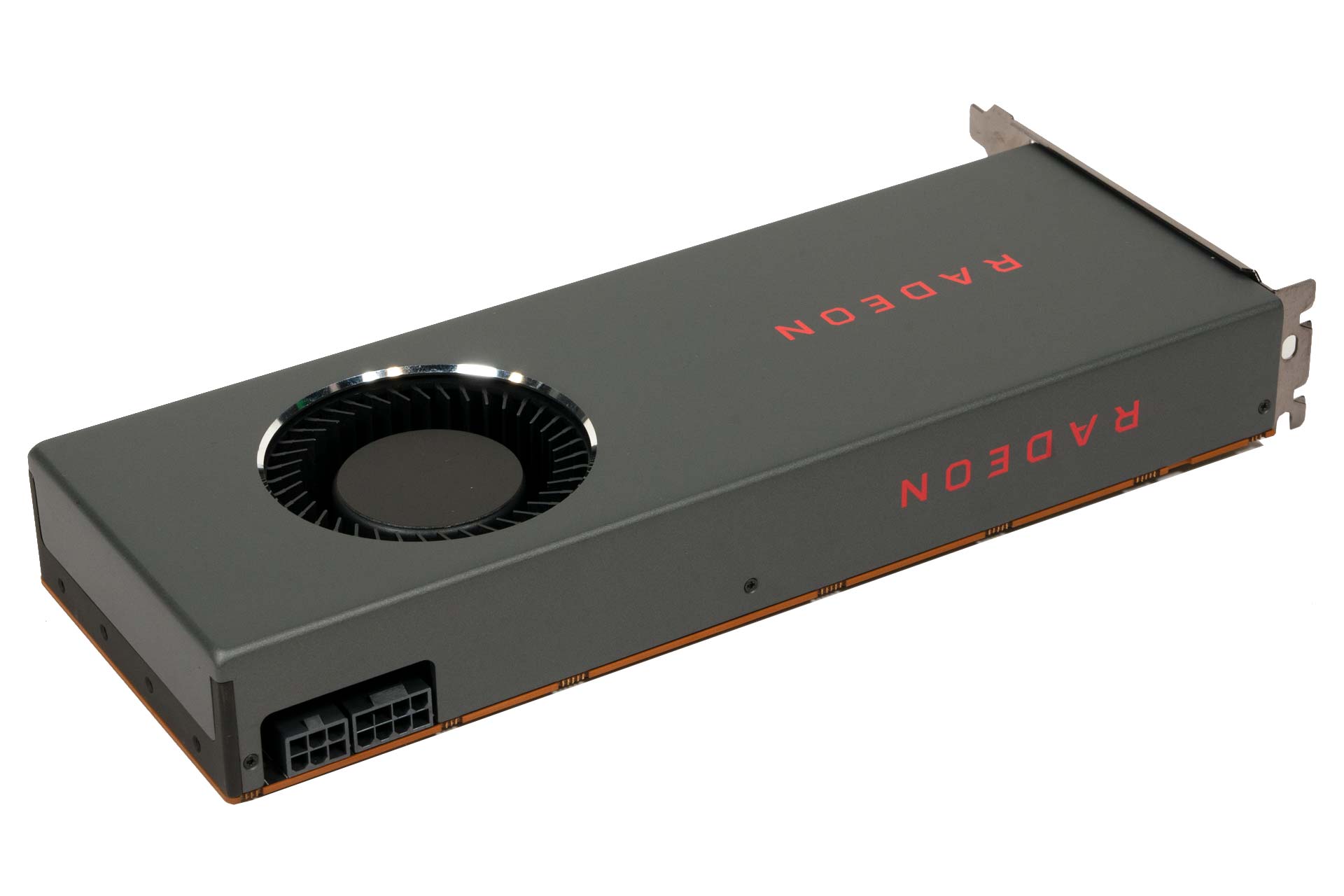
Across the suite averaged out, the RX 5700 XT is 10 percent faster than this cut-down Navi, making the RX 5700 the better value proposition when looking at raw bang for buck. This difference is consistent across APIs, games, and resolutions, but there are a few instances where the 99th percentile reading is much better on AMD’s higher-end card such as in Shadow of the Tomb Raider (admittedly at 4K which is less relevant), The Division 2 in all tests, and Assassin’s Creed Odyssey at 1080p and 1440p.
While this is only the second-tier Navi part, it’s still faster than the top-tier Vega card, delivering a six percent lead on average over Vega 64. That said, The Division 2 seems to favour Vega, as averages are slightly higher here. The Navi card is more consistent with its frame rates too (going by 99th percentile), especially in Metro Exodus, Shadow of the Tomb Raider, and Total War.
The key comparison is of course the RTX 2060, and it’s another good showing for AMD thanks to a 10 percent lead overall, which is pretty damning for Nvidia’s same-price card. As ever, different architectures mean different advantages and disadvantages depending on the game, and AMD definitely shows signs of being stronger in DirectX 12, averaging a 13 percent lead here compared to just six percent when focused on DirectX 11. As we saw before, Metro is AMD’s best showing against Nvidia (ironic given its RTX poster child status), and in this game it averages a 20 percent lead – ouch. Nvidia can boast about its ability to turn on ray tracing here, but given that RTX 2060 falls to a 99th percentile of below 30fps at 1080p when you do this, we’re not sure how much boasting is warranted. One final point of comparison here is that there is clear evidence that increasing the resolution improves AMD’s advantage, likely as a result of that wider back-end and higher memory bandwidth.
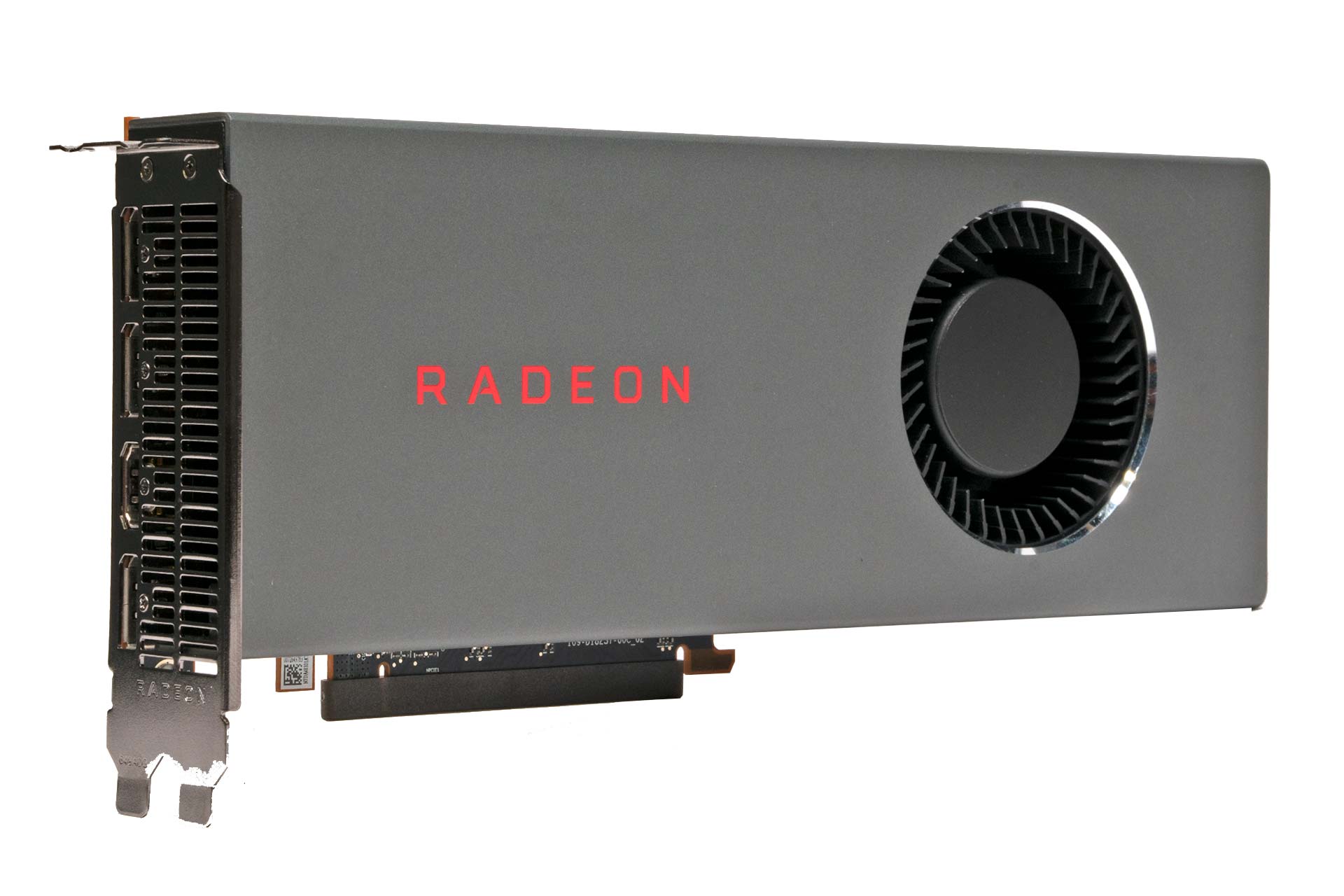
The RX 5700 also makes the RTX 2060 Super look like fairly poor value. Nvidia’s new card is admittedly about 4.5 percent faster than this Navi one, and demonstrates some sizeable leads in Total War, but it actually still loses to the RX 5700 in Metro Exodus, and it’s a neck-and-neck situation in the DX12-based Shadow of the Tomb Raider as well. The RX 5700 is certainly looking like the most disruptive launch of the two.
As with the RX 5700 XT, power consumption has improved considerably for AMD. The RX 5700 is a tad faster than Vega 64, remember, but system power consumption goes down by 130W in our testing. Now, Vega 64 is highly inefficient, sacrificing power constraints in the pursuit of peak Vega performance, but these are some great results nonetheless. The flip side is that Nvidia is still superior here with its 2060 Super, although not by as much as we saw with RTX 2060 Super versus RX 5700 XT.
The RX 5700 reference design shaves off 5°C from the load temperature of the RX 5700 XT, again lessening the AMD/Nvidia gap. We also again see boost behaviour that doesn’t show serious signs of thermal throttling. The observed clock after sustained load stabilises to around 1,700MHz (higher than the Game Clock rating) and it only fluctuates within a small 20MHz window rather than jumping around all over the place.
The cooler is still something of a let down on the noise front, however, and the single fan definitely gets going quite obviously once you load the card up. It’s still better than on Vega 64, but there sadly isn’t much perceptible difference between this and the RX 5700 XT despite the power consumption difference, with both cards stabilising at around 2,100 RPM fan speed. In short, there’s plenty of room for improvement, and Nvidia’s own FE designs clearly win here as well.

MSI MPG Velox 100R Chassis Review
October 14 2021 | 15:04

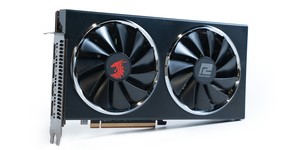
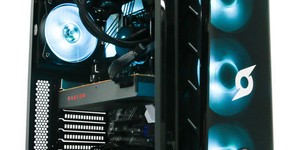
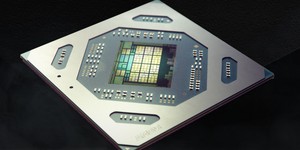




Want to comment? Please log in.